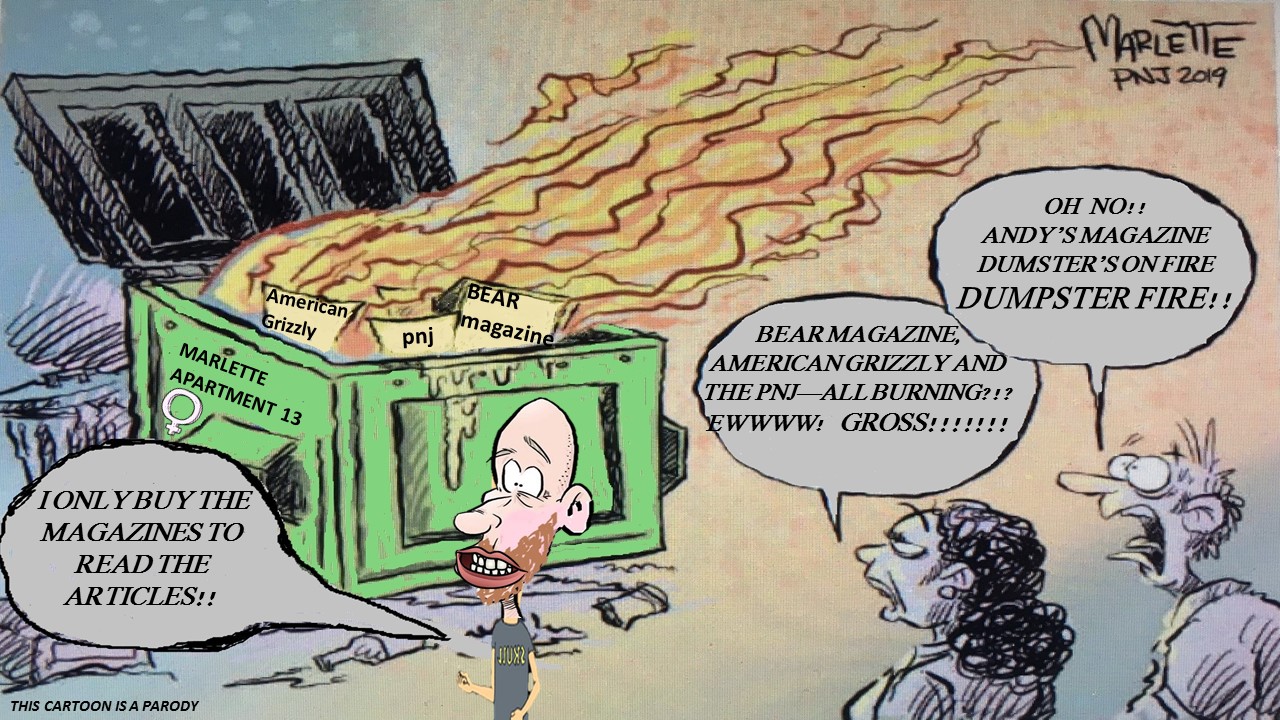 |
| There are compelling reasons to consider enacting a stand-alone, independent process for employee appeal of a workplace harassment decision directly to the Board of County Commissioners |
At our March Committee of the Whole, the Escambia Board of County Commissioners will discuss a potential stand-alone appeal process for handling employee workplace harassment complaints.
This sort of a process would allow for a direct appeal to the BCC of a "final" ruling by the county administrator.
Some recent issues in one of our departments and the seemingly choppy, sloppy and deficient manner in which workplace harassment complaints have been handled is the impetus for this discussion.
I'm not sure how the discussion in March will go--but I do know what happens if we don't give employees multiple avenues for the appeal for harassment complaints that are not resolved properly:
1.) Morale suffers throughout the organization
2.) We hemorrhage staff (resignations and early retirements) as folks become disillusioned
3.) The workplace becomes more toxic if the issue is not handled fairly
4.) Employees can/will sue their employer
5.) Taxpayers spend more money on lawyers than should be necessary
In one case in particular, where a good, long-term employee tried and tried to get a fair resolution to what appears to be his horrific treatment by admin and HR staff for months and months-------#4 is the option that this particular employee has now chosen --- per this email (below) all commissioners received last night during the meeting.
Sadly, I do not believe it had to come to this---if ONLY our policy had been followed with integrity and fidelity. But to me it appears our policy was not followed, so here comes another lawsuit.............









































4 comments:
Thank you for speaking up for the 6 employees who’s HR complaints got buried. This just further proves the unethical behavior and retaliation that is ongoing in the EMS department. I think everyone now knows where the real cancer is and it needs to be excised.
JJ Talbott is going to be very familiar with this case, I imagine. I bet many were watching seeing what the board would do, and saw they planned to again pass the buck and not show courage and kick the can.
I wonder if we can expect the other six or more employees to come forth also. Unfortunately Mrs Gilley ignored this also, the other commissioners deflect, and the spin continues on facebook.
Looks like John Dosh has done his time, not like he didn't tell you all about this either. It's been a published record. The disregarded reprimand from him to Edler was ignored by her, not the others. All he said was to basically communicate, be a team and get along. The public sees who refused -- The medical director.
The employee of the year award was very moving and much can be read between the lines there.
Notice Maygarden apparently is no longer there, Mrs Gilley can't say she'll pay him nothing then pay him what was it, 35K? They missed the boat on this one and need to make it right.
Staying tuned.
A public apology was nice but it must have been a little bit too little, a little bit too late apparently.
The other commissioners feigning ignorance was also noted.
You are moving in the right direction. One thing to take into consideration: the administrator back then made it very clear he was the CEO and the BCC lacked power and you were not to talk to the BCC. This administration seems to be just as bad and won’t even follow your directions with respect. How will you protect employees who appeal to the BCC, especially your senior executive class who can be released without cause. We have seen this administrator release the EMS acting chief without ever even meeting with him to discuss issues. You have to bring in a professional county administrator first who knows how to run a large agency. It’s time for the BCC to admit they made a big mistake and go back and find someone with experience in county executive leadership. Thank you for being a voice for the 6 who did not deserve what happened to them.
"To understand the interplay between anonymity and the First Amendment, it is first important to realize that anonymity neither bestows nor precludes constitutional protection of speech, which is determined by the speech itself. Contrary to what some people believe, courts do not “reflexively protect speech simply because it was written anonymously . . . .” Sarah E. Smith, Threading the First Amendment Needle: Anonymous Speech, Online Harassment, and Washington’s Cyberstalking Statute, 93 Wash. L. Rev. 1563, 1577–78 (2018).
Traditionally, First Amendment protection for anonymous speech turns on the difference between “harassing ‘one-to-one’ speech made to a particular person” and “‘one-to-many’ speech about a particular person.” Id. at 1573 (citation omitted and emphasis added). The First Amendment generally does not protect “speech directed at a specific individual rather than speech about a specific individual.” Id. at 1574 (citation omitted and emphasis in original).
This approach reflects the purposes of the First Amendment. One-to-many speech—even when posted online—enjoys protection because it promotes the “robust exchange of ideas” involved in public discourse. See In re Anonymous Online Speakers, 661 F.3d 1168, 1173 (9th Cir. 2011) (discussing “robust exchange of ideas” in internet communication); see also Columbia Ins. Co. v. Seescandy.com, 185 F.R.D. 573, 578 (N.D. Cal. 1999) (noting that anonymous online speech fosters “robust debate”).
Taking all of this into account, and after conducting an exhaustive review of the relevant authorities, one of the nation’s leading First Amendment scholars concluded that the First Amendment does not protect “one-to-one speech that is addressed to an unwilling listener and that can be restricted without blocking communications to willing listeners.” Id. at 750.
The critical point is this: these tests apply only where the speech at issue enjoys protection under the First Amendment. So, for example, these tests would apply to speech posted anonymously in a blog. "
Post a Comment